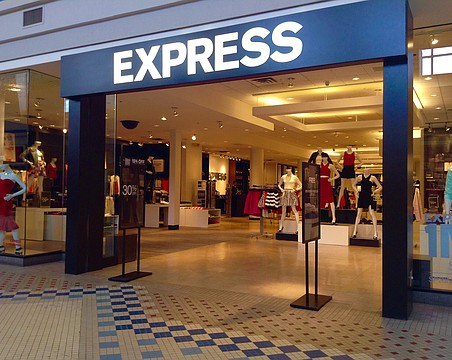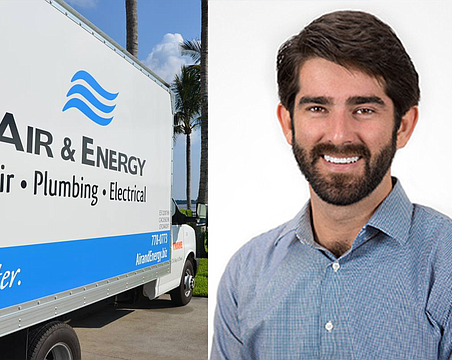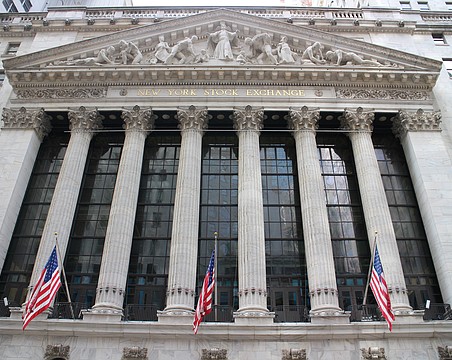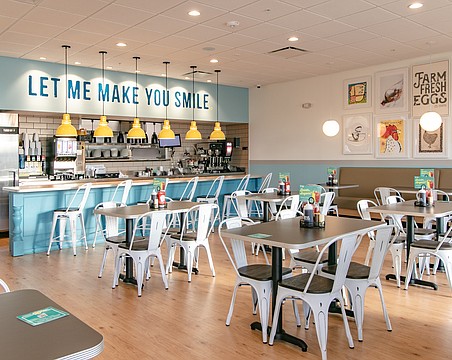At Babcock Ranch, the vast residential development proposed on the Charlotte-Lee County line, golf won't be an amenity for residents in the first phase.
Instead, health, wellness and education are higher on the priority list, says Tom Danahy, president of development company Kitson Babcock.
When residential development returns to the Gulf Coast, developers and builders say their customers aren't going to put as much of a premium on golf-course lots as they once did.
Golf belongs to the Eisenhower generation.
“The boomers refuse to accept that they're getting older,” says Mitch Hutchcraft, vice president of real estate for landowner King Ranch and Consolidated Citrus in Fort Myers. “They're kayaking, biking, hiking and don't want to be tied down to golf.”
The trends are already evident. “The demand for golf-club membership has been steadily declining over the last six or seven years,” Hutchcraft says.
“That story's about 15 years old,” says Marvin Rose, who publishes Rose Residential Reports and tracks the housing market in the Tampa Bay area. “In the Tampa Bay area, there have been in the last 10 years just one or two communities that included golf.”
People who work and many busy retirees don't have time for golf. “For the bread-and-butter family market, golf kind of got marginalized,” Rose says. “You get the nice green view, but you get drunk golfers out there and people peeing in your yard.”
Further south, in second-home and retirement markets such as Sarasota, Fort Myers and Naples, the challenges are more economic. Naples golf course architect Gordon Lewis says it could take as much as $20 million to build a course with all the equipment today and $1 million to $2 million a year to maintain it.
“We don't have enough land a water to spare for it,” says Dennis Gilkey, a residential development consultant in Bonita Springs. “We're not going to see the continuous expansion of the urban boundaries for mid-sized communities.”
What's more, recent negative publicity about residents who were unable to sell or get refunds on their golf-club memberships may make future homebuyers more wary about buying into a golf community.
But there are entrepreneurs who will benefit. For example, Franz Rosinus, the managing partner of the semi-private Old Corkscrew Golf Club in Estero, has been working with a nearby developer to offer one-year memberships to new homebuyers.
And some industry executives say golf will always attract a certain percentage of homebuyers, even if there are fewer of them. “It's unwise to make sweeping generalizations that they won't work in the future,” cautions John Gleeson of Gleeson Real Estate Group of Bonita Springs. “It's my opinion that they will work.”
Tough economics
Stifling government regulations and “star” architects have sent golf-course construction prices higher like real estate. When real estate collapsed, the high cost of development and maintenance of golf courses couldn't be sustained.
“The business model turned upside down,” says Ken Plonski, former vice president of public relations and brand management for WCI Communities in Bonita Springs. “Smart developers in the coming years will look real hard about whether they want to build a golf course,” says Plonski, who runs a consulting firm in Fort Myers called Master Planned Communications.
“At the high-end golf course, there's no way around the high maintenance cost,” says Gilkey. Environmental restrictions force courses to hire experts to maintain the courses. “These guys are scientists,” Gilkey says.
When half of new residents bought pricey memberships in the golf course during the boom, those high costs were still manageable. But now only about a third of homebuyers also buy golf-club memberships. “It doesn't balance out, particularly in tougher economic times,” says Hutchcraft.
Although golf-course lots still command higher premiums, developers and builders say homebuyers now will pay nearly as high a premium for views. “In the last several years there's been an increase in the value that people have put on open space or preserve,” says Danahy.
Privacy seems to be a big issue. Some homebuyers shy away from golf-course lots because of the parade of golfers and maintenance crews from sunrise to sundown.
For those who really love golf, there's competition from existing golf communities. “Golf has gotten oversaturated,” says Danahy.
Even though construction costs have come down, Lewis says he's not designing any new courses in master-planned communities now. “It's the slowest ever,” says Lewis, who has been designing golf courses since 1978. “It'll be four or five years before we see another new golf course.”
Still, developers shouldn't write off golf as a draw. “It's not fair to make sweeping generalizations,” says Gleeson. Lower demand doesn't mean golf isn't viable. “If I was interested in pre-retirees, retirees and second-home owners, I would probably have a golf course.”
Indeed, there are plans for two golf courses at subsequent phases of Babcock Ranch, says Danahy, who estimates he's sold 25,000 golf-course lots in his career.
“Our hope is that if we have a good golf product, there should be sufficient demand for public or private courses,” he says.
Membership privileges
The ownership structure of golf clubs in residential developments has taken a hit. Equity memberships where the residents buy out the club after the developer is finished building the community can be risky.
At some of Bonita Bay Group's communities on the Gulf Coast, some residents who bought memberships couldn't get refunds because the downturn had sapped cash from the company.
Developers suggest the better way to sell golf-club memberships is by bundling the cost with the home price from the beginning. “They're happier when they know they're all in,” says Gleeson. “That's a much better approach in the consumer psyche than figuring out the price after 15 years.”
Other options include opening the courses to the public from the start. Many clubs have been forced to do that to keep their expenses in check as members forgo paying their dues during the recession.
At Old Corkscrew Golf Club in Estero, Rosinus says he worked with the developer of the nearby Bella Terra community that included a one-year membership for homebuyers. “They are still promoting it, but lately to no great success because they're also offering a cash discount,” Rosinus says. “Most people take the cash discount.”
But when the economy recovers, that alliance between a development and an existing golf course might work best. Old Corkscrew doesn't sell ownership, just memberships that cost $3,000 for one year and entitle golfers to 50% to 60% discounts on the semi-private course.
Old Corkscrew has sold 180 memberships over the last two years, an accomplishment considering the deep recession. “We got a lot of people who left those other [residential] clubs,” Rosinus says.
Contact Jean Gruss at [email protected].






